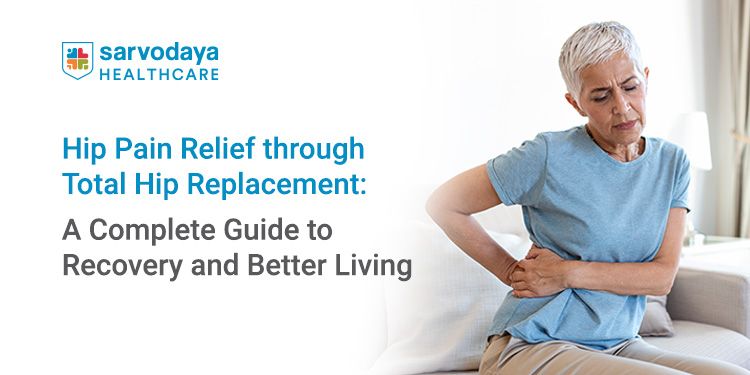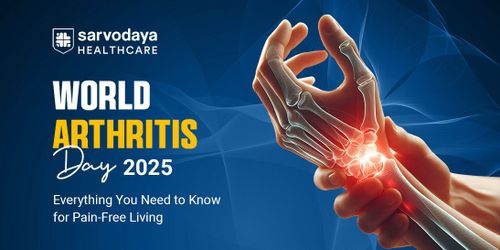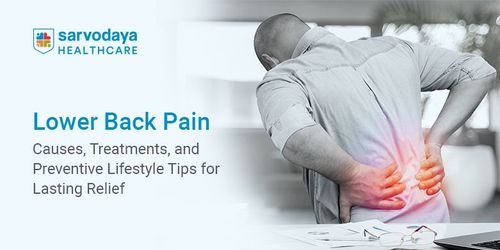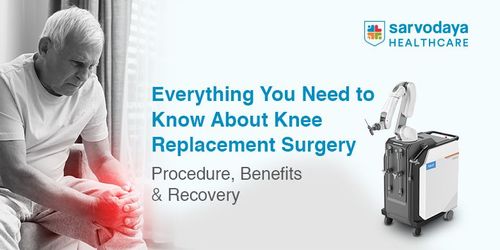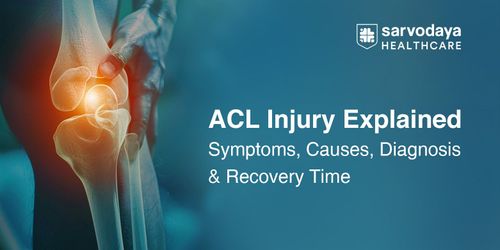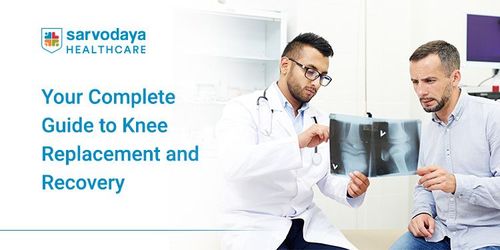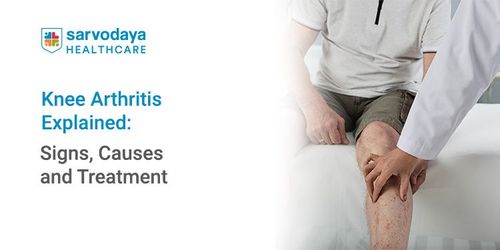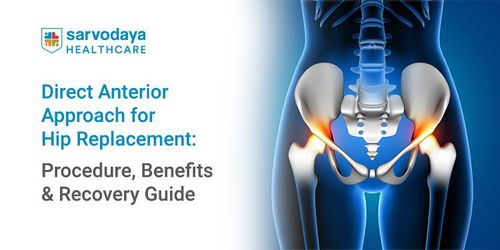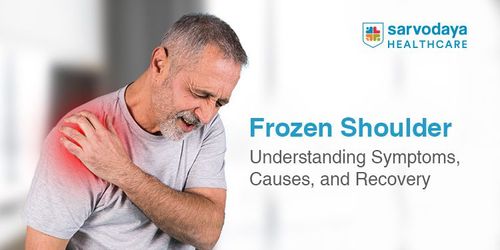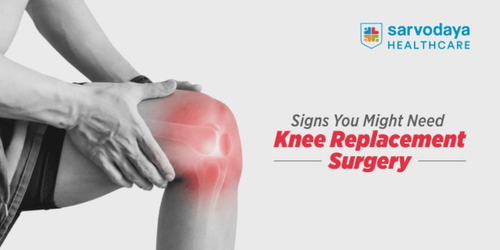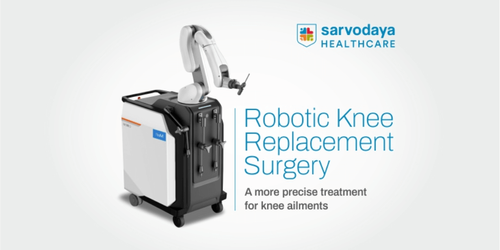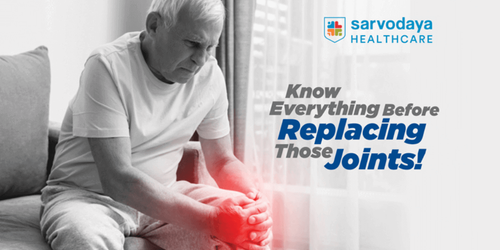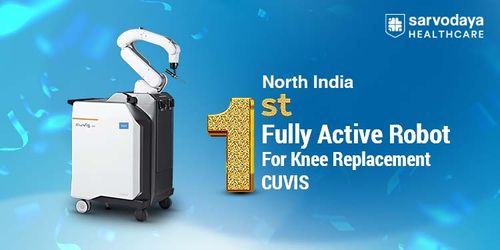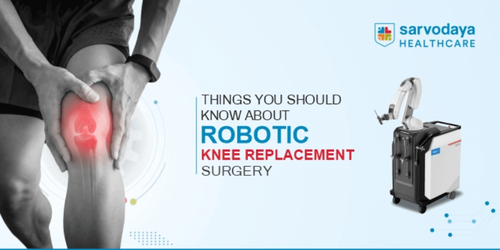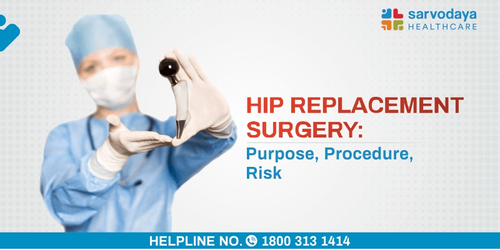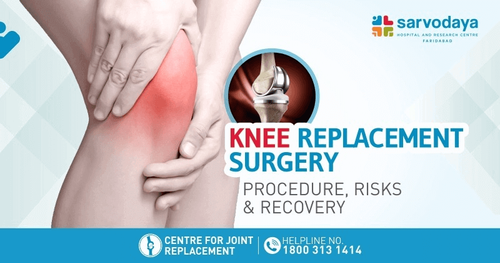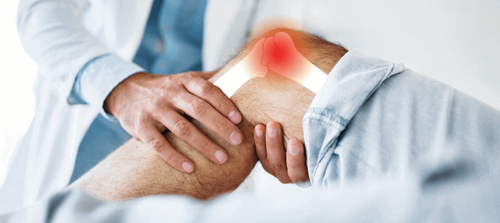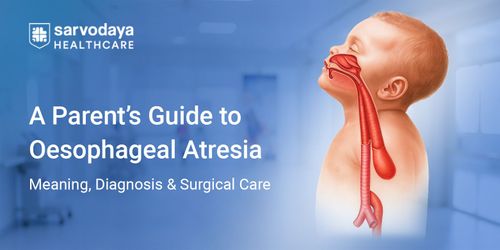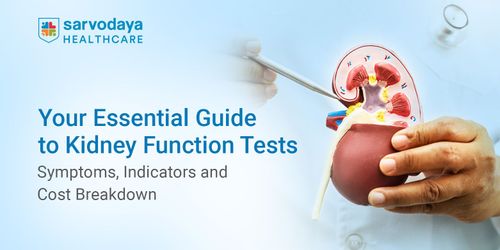In this blog, we explore how total hip replacement can provide lasting relief from hip pain, what the procedure entails, and how lifestyle changes can aid in a full recovery. If you're looking for the best pain relief for hip replacement, this comprehensive guide will help you make informed decisions for a healthier, more active future.
Understanding Hip Pain and When Surgery Becomes Necessary
Total hip replacement, also known as total hip arthroplasty, is a surgical procedure. In it, a damaged hip joint is replaced with a prosthetic implant. Hip pain can originate from several causes, including osteoarthritis, rheumatoid arthritis, fractures, or degenerative joint conditions. In many cases, the pain worsens over time, making daily tasks such as walking, climbing stairs, or even sleeping a painful ordeal. While medications and physical therapy can offer temporary relief, they may not always be sufficient in advanced cases.Surgery is generally considered when:
- Hip pain persists despite rest and medication.
- Joint stiffness restricts your range of motion.
- Pain interferes with sleep and daily functioning.
- Imaging shows significant joint damage.
Benefits of Total Hip Replacement
For those living with persistent hip pain, the benefits of total hip replacement can be life-changing. Beyond pain management, it paves the way for renewed freedom, mobility, and independence.Here are the key benefits:
- Long-Term Pain Relief: One of the most immediate effects is relief from chronic joint pain, making it the best pain relief for hip replacement when other treatments fall short.
- Improved Mobility: Replacing the damaged joint allows for smoother movement and less stiffness.
- Enhanced Quality of Life: Everyday activities such as walking, bending, and sitting become easier and more comfortable.
- Better Mental Well-Being: Restored mobility often brings a renewed sense of confidence and emotional relief.
The Total Hip Replacement Procedure Explained
This operation is highly successful and commonly performed, particularly among individuals who suffer from advanced arthritis or injury-related joint degeneration.The procedure typically involves the following steps:
- Firstly, the damaged bone and cartilage are removed from the hip joint.
- The socket (acetabulum) is replaced with a durable prosthetic cup.
- A metal or ceramic ball attached to a stem is used to replace the femoral head by fitting it inside the femur.
- The components are securely fixed using cement or a bone ingrowth technique.
Performed under general or spinal anaesthesia, the surgery lasts around 1–2 hours, followed by a short hospital stay of 3–5 days. Advanced techniques now enable faster recovery, minimal tissue disruption, and better joint alignment.
Post-Surgery Recovery Tips and Lifestyle Changes
Recovery from a total hip replacement doesn’t end when you leave the hospital; it’s the beginning of a new lifestyle aimed at preserving your new joint and maximising mobility. When provided with the right support and a healthy routine, most patients return to independent living within a few weeks.Here are some essential tips to aid your recovery and maintain long-term joint health:
1. Follow Your Physiotherapy program.
Physiotherapy begins almost immediately after surgery to prevent stiffness and strengthen the muscles around your new hip. Staying committed to this plan is crucial for regaining full function.
2. Eat a Balanced, Nutrient-Rich Diet
Consume foods rich in calcium, protein, and vitamin D to facilitate healing and improve bone strength. Hydration and portion control can also reduce swelling and fatigue.
3. Adapt Your Living Space
Remove tripping hazards, install handrails in bathrooms, and use elevated seating to minimise strain on your new joint during the initial weeks of recovery.
4. Avoid High-Impact Activities
While walking is encouraged, avoid jogging, jumping, or sudden twisting motions. These can put excessive pressure on the new joint.
5. Manage Pain and Inflammation
Your doctor will guide you on the best pain relief for hip replacement, including medications, cold therapy, and rest. Never self-medicate; consult your healthcare provider before making any changes.
You can also seek guidance from the best orthopaedic doctor in Faridabad, who can customise your post-surgical care and monitor your healing journey closely.
When to Consult a Specialist
Hip pain can be deceptive. While occasional discomfort might stem from a minor strain, persistent or worsening pain signals a deeper issue that shouldn’t be ignored. It’s important to consult a specialist if you:- Go through chronic pain that limits your daily activities and mobility.
- Hear clicking or grinding sounds in the hip joint.
- Notice joint stiffness, swelling, or weakness
- Feel your pain increasing despite rest or medication
Get it diagnosed early to ensure better treatment outcomes and less invasive interventions. Don’t wait for the pain to control your life.
Conclusion
Living with chronic hip pain can drastically affect your mobility, mental health, and overall well-being. Total hip replacement offers a reliable, long-term solution, restoring your ability to move freely, engage in daily activities, and enjoy a pain-free life once again. From understanding the signs that warrant surgery to learning about the surgery and its many benefits, being informed is your first step towards healing.For those seeking the best pain relief for hip replacement, a well-planned surgery followed by disciplined recovery can make all the difference. Consulting the best orthopaedic doctor in India ensures not only expert surgical care but also dedicated post-operative guidance.
Sarvodaya Hospital Faridabad, renowned for its orthopaedic department, offers advanced orthopaedic services delivered by the best hip replacement surgeon in Faridabad. With a team of experienced specialists and a holistic patient care approach, Sarvodaya stands as a trusted name in joint care, recovery, and preventive consultation.
If you or a loved one is dealing with debilitating hip pain, don’t wait; connect with the experts today and take the first step towards a pain-free, active life.


